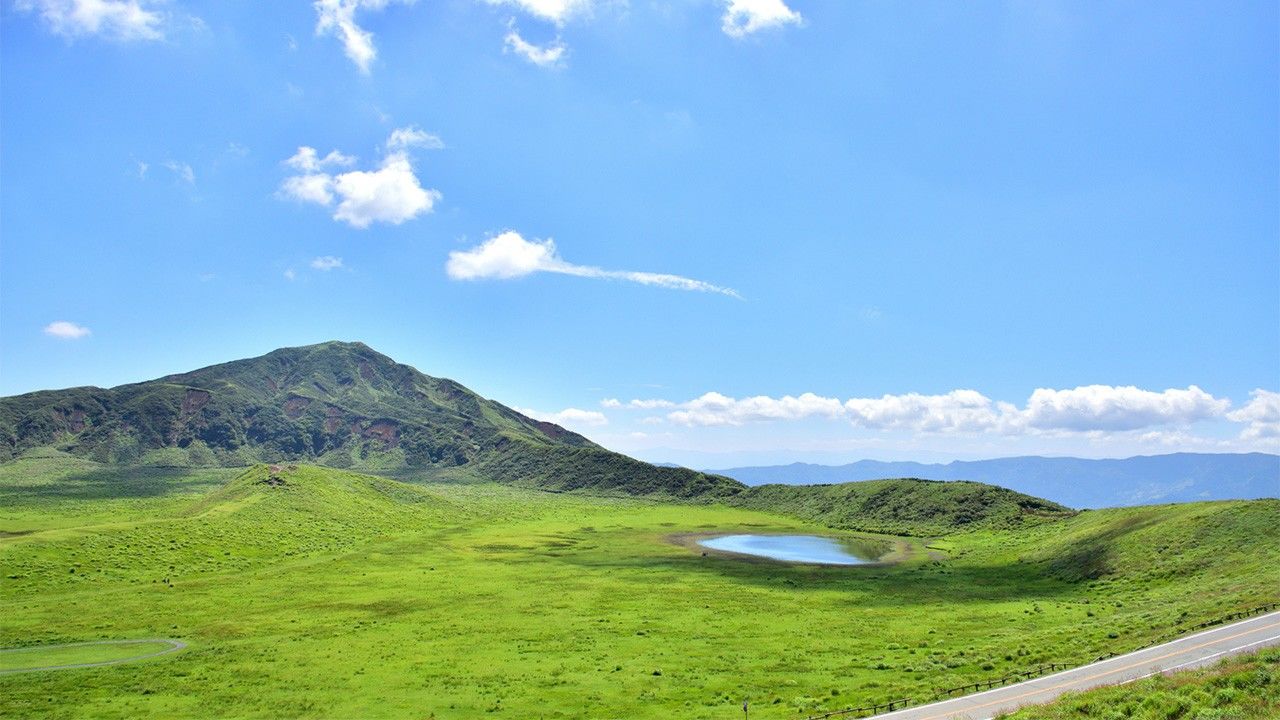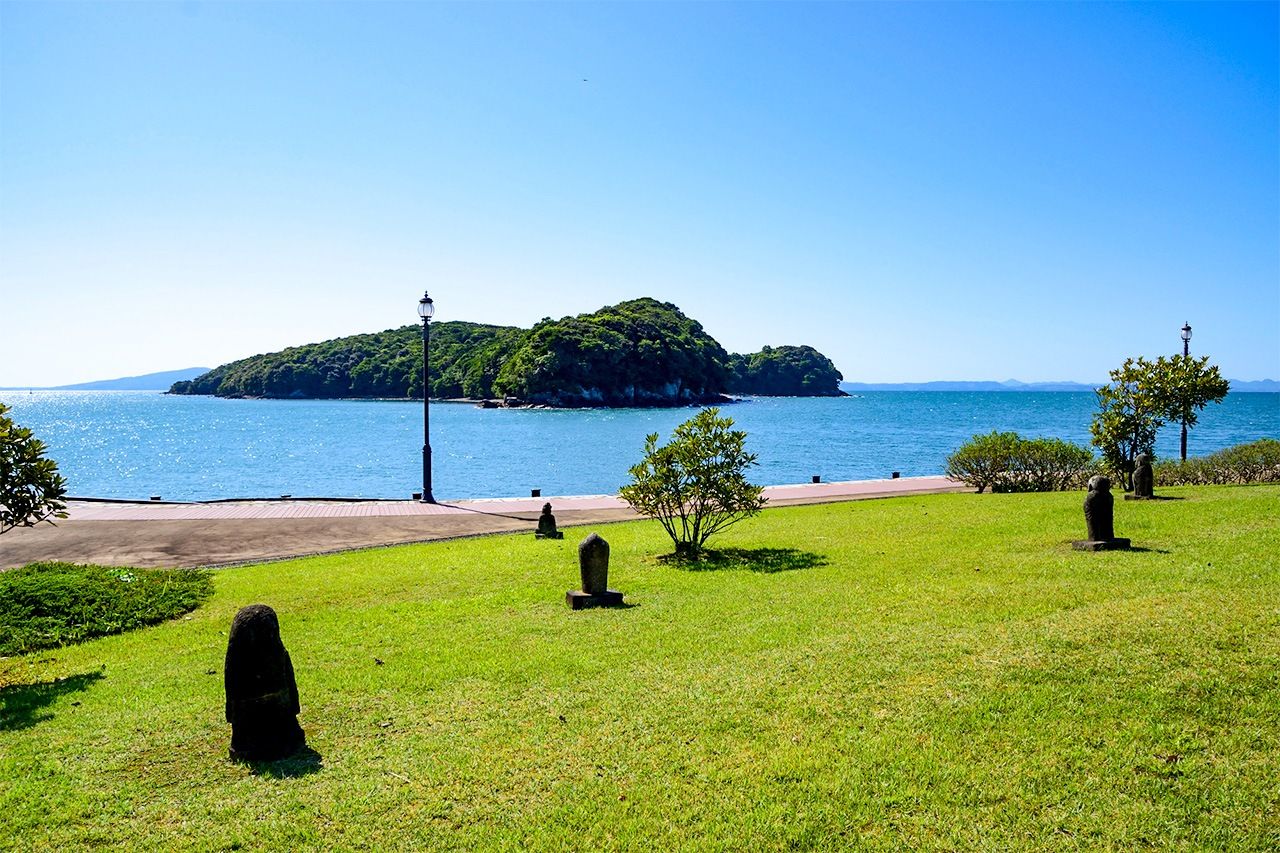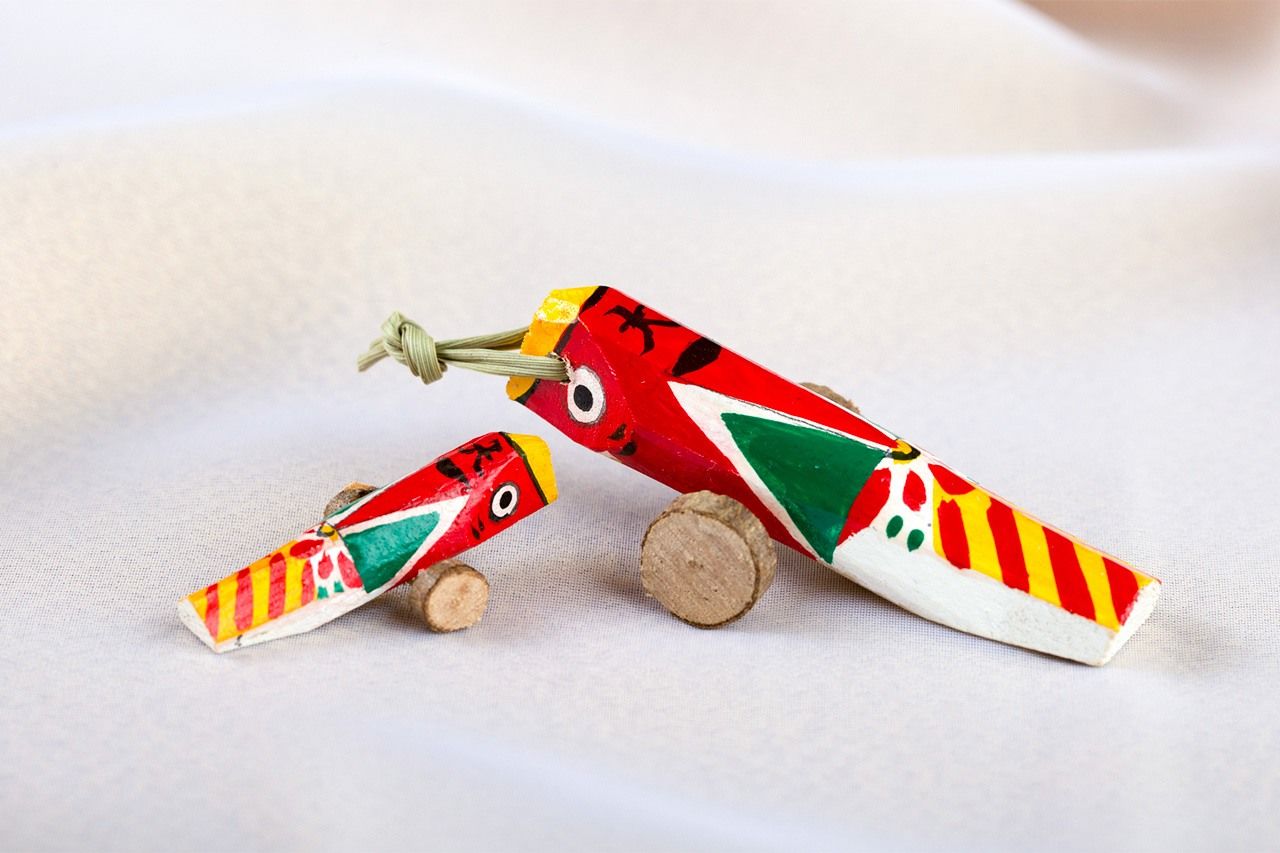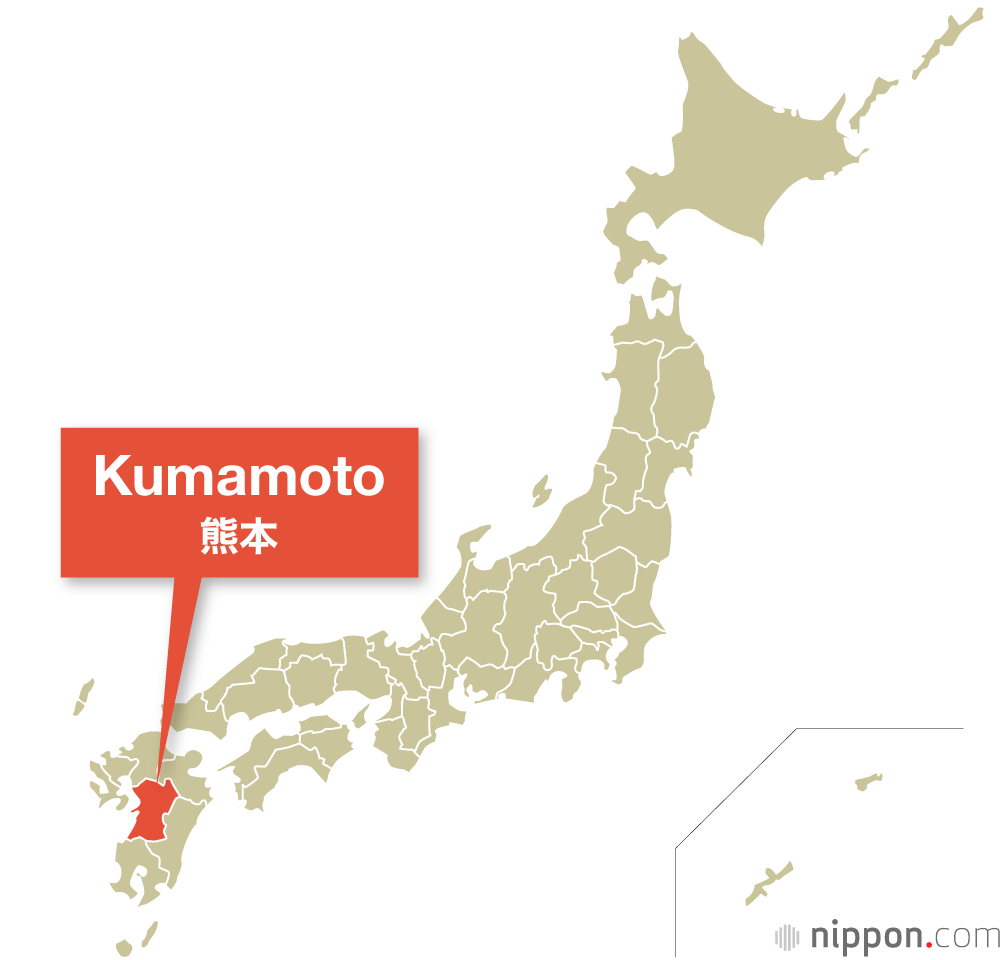
Kumamoto Prefecture
Guideto Japan
Culture History- English
- 日本語
- 简体字
- 繁體字
- Français
- Español
- العربية
- Русский
Kumamoto Prefecture is situated in western Kyūshū. Mountains dominate the southern and northern parts of the prefecture and an extensive plain extends across the central region, where the majority of the population lives. The western border faces the Ariake, Yatsushiro, and Amakusa Seas. The Amakusa Islands lie offshore in the southwest.
Kumamoto Prefecture at a Glance
- Established in 1871 (formerly Higo province)
- Capital: Kumamoto
- Population: 1,738,000 (as of Oct. 2020)
- Area: 7,409 km2
Popular tourist attractions in Kumamoto include picturesque Amakusa and other islands in the Yatsushiro Sea, part of the Unzen-Amakusa National Park and home to churches and other UNESCO sites connected with Japan’s hidden Christians. The capital of Kumamoto boasts Japan’s largest fortress, Kumamoto Castle, which has recently been restored following damage from major earthquakes in 2016. Mount Aso, a sprawling active volcano in the northeastern part of the prefecture, offers natural beauty and thermal waters. Kurokawa Onsen in the north is a famous hot spring resort.

Koiji Island floats in Minamata Bay. Stone carvings on the shore stand in memorial to victims of Minamata Disease. The city has a museum dedicated to the mercury poisoning disaster that garnered worldwide attention in the 1950s and 1960s, while the coast offers scenic views and thermal waters. (© Pixta)
Kumamoto is largely an agricultural prefecture, with mikan citrus being a major crop. Ranching and dairy farming are also important sectors, as are forestry, fishing, and aquaculture. Leading manufacturing industries include electronics, machinery, transportation equipment, and processed foods.

Handmade wooden toys like this kijiuma have been produced in Kumamoto for centuries. (© Pixta)

Kumamoto‘s official mascot Kumamon is Japan’s most famous yuru kyara. (© Jiji)
Famous Figures
- Miyamoto Musashi (1584–1645): Japanese swordsman. Although not a native of Kumamoto, he was a retainer of the powerful Hosokawa clan and spent the last years of his life in Higo province, where he penned his famous work The Book of Five Rings.
- Kawakami Tetsuharu (1920–2013): Professional baseball player and manager. He won multiple batting titles as a player and was the first to reach the milestone of 2,000 career hits. He managed the Yomiuri Giants to nine straight Nippon Professional Baseball titles, from 1965 to 1973.
- Ishimure Michiko (1927–2018): Writer and activist. Won acclaim for her book Kugai jōdo (trans. Paradise in the Sea of Sorrow), documenting the effects of mercury poisoning on residents of Minamata.
(Originally published in English. Banner photo: The beautiful landscape of the Kusasenrigahama coastline and Eboshidake, one of five peaks that dot Mount Aso’s vast crater. © Pixta.)
For the complete list of the country’s 47 prefectures, see “The Prefectures of Japan.”
